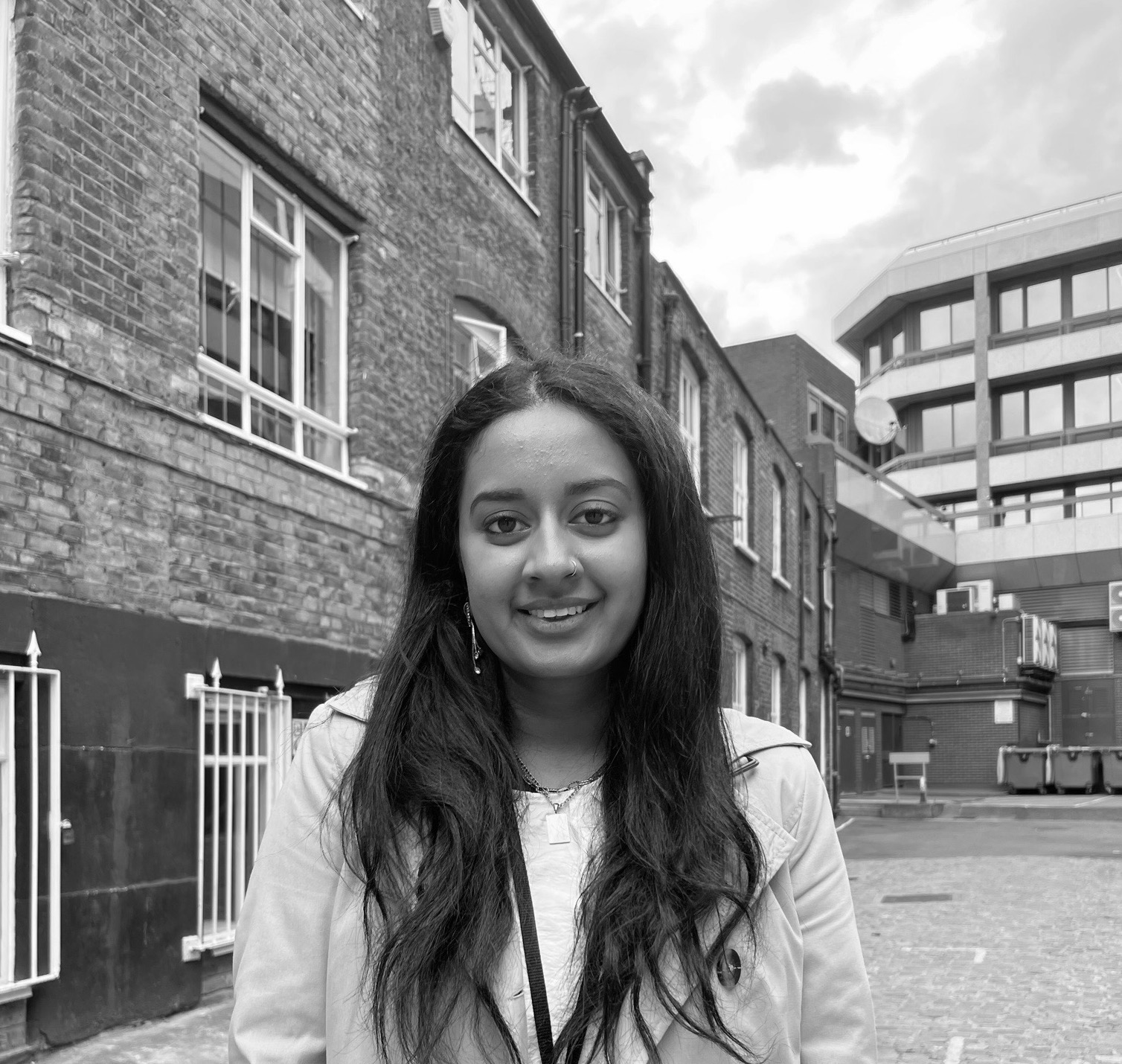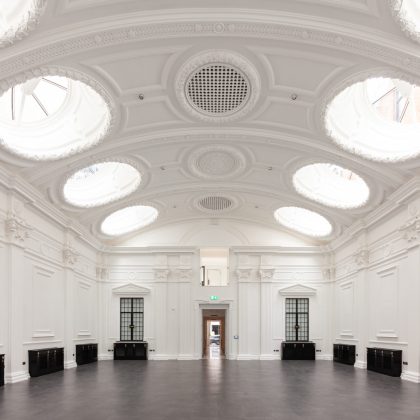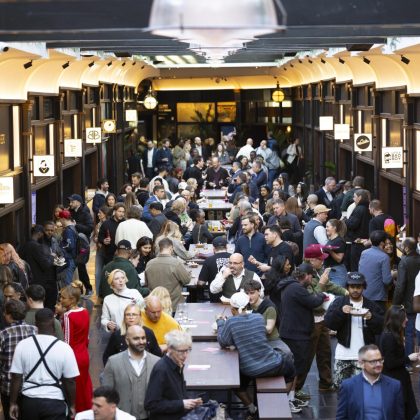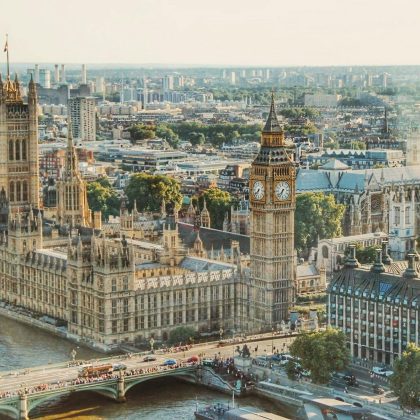The Coverdale Barclay team is thrilled to have welcomed Account Executive Neha Iyer to its team of placemaking and corporate PR specialists. Neha has delivered communications programmes to support the launch of dining destinations up and down the UK, and brings with her extensive expertise in creative and impactful social media content, and a passion for urban regeneration.
Neha, what excites you most about working in placemaking PR?
I find it hugely fulfilling to think about the contribution that the right narrative and PR approach can make to the transformation or evolution of a place. From the history of a place to the communities that inhabit and use them, every place is special and has a unique character, so I love the idea of leveraging a place’s USPs to help build its identity. With the right communications strategy to support the masterplan and placemaking and leasing strategies, places will transcend the built environment to become distinctive hubs for people, that bring the local communities together as well as drawing in visitors who want to be part of the experience.
You have a lot of experience in social media. What do you consider to be the biggest faux pas that PRs make when it comes to creating social media strategies for clients?
Good social media needs a thorough and considered strategy, therefore the biggest faux pas for me is when PRs do things for the sake of it to chase numbers, rather than to generate impact and enhance perceptions. For example, when brands engage with key calendar dates or jump on a trend, without thinking creatively about what they can add as a brand. This approach can feel inauthentic and doesn’t reflect well on the PR industry as a whole.
With the rise of AI tools like ChatGPT, this is something PRs need to be more mindful of than ever to ensure content ideas and activations don’t become too tactical, but instead enable us to invest our time and expertise into being creative and strategic.
What do you think about Threads – will it replace Twitter as we know it?
It’s still in its infancy, but I’d say I’m sceptical. I think people love to hate some of Twitter’s features, such as the word limit, when, in reality, it’s actually useful in streamlining your feed – just imagine if certain public figures had access to unlimited characters to express their thoughts!
As we witnessed recently when TikTok unsuccessfully attempted to encroach on BeReal’s platform purpose, people may be happy to keep Instagram and Twitter separate.
What three things would you most like to see placemaking PRs do better / more of / less of over the next year?
The built environment enables urban places to function, but it is people that make places thrive, so I would love to see more interesting stories emerging about the social impact of transformations, particularly when considering the original communities that comprise a place.
I’m particularly interested in the purpose and function of the traditional high street. Not only how they are evolving now, but what the town centre high street of the future will look like when you take into consideration major socio-economic implications such as the aging population and climate change.
Public art can have a hugely positive impact on places and wellbeing, from deterring crime by activating underused areas, to helping to recycle materials that would have ended up in landfill. It is also an important way to express the culture and history of an area. I’d love to see PR strategies becoming more integrated with art and culture strategies around cities and towns the UK.
What are you most looking forward to for the second half of 2023?
I’m really looking forward to seeing the development of some of our projects at CB. A number of the schemes and places I’m working with have critical milestones in their programmes towards the end of the year, so I’m excited to be part of how these unfold.



